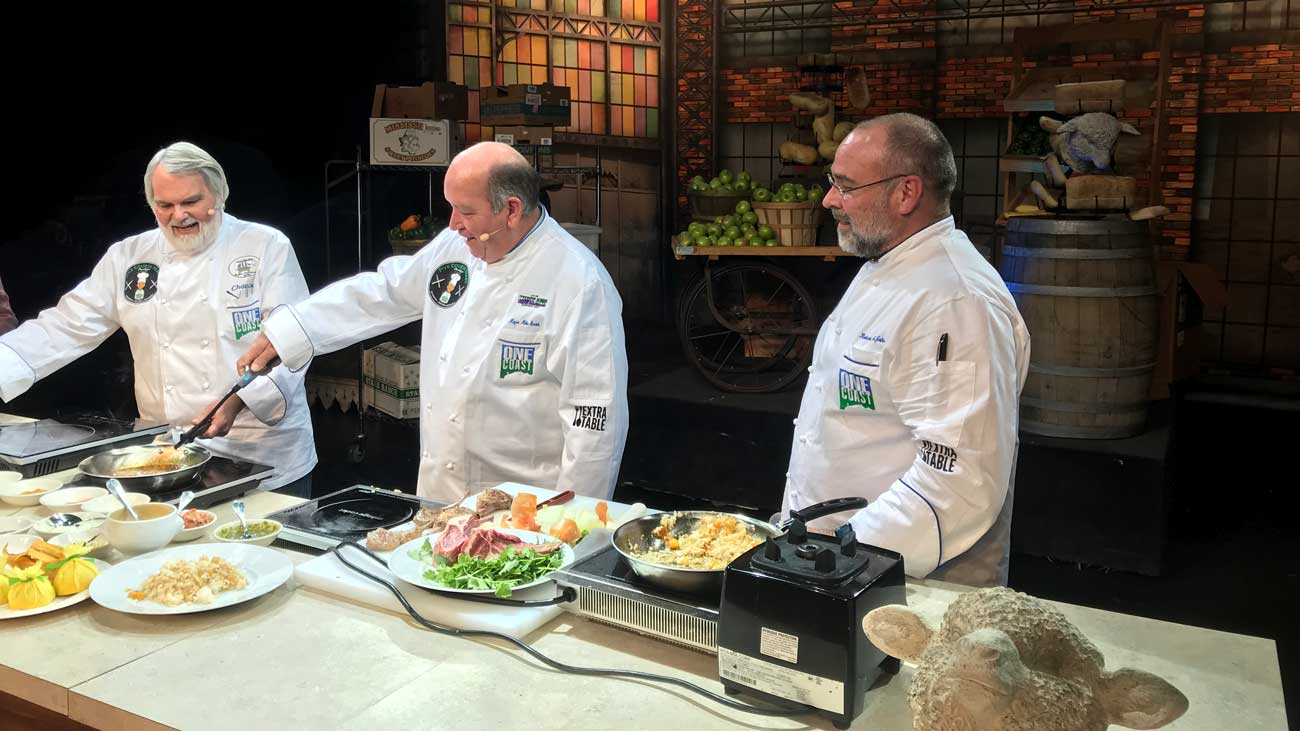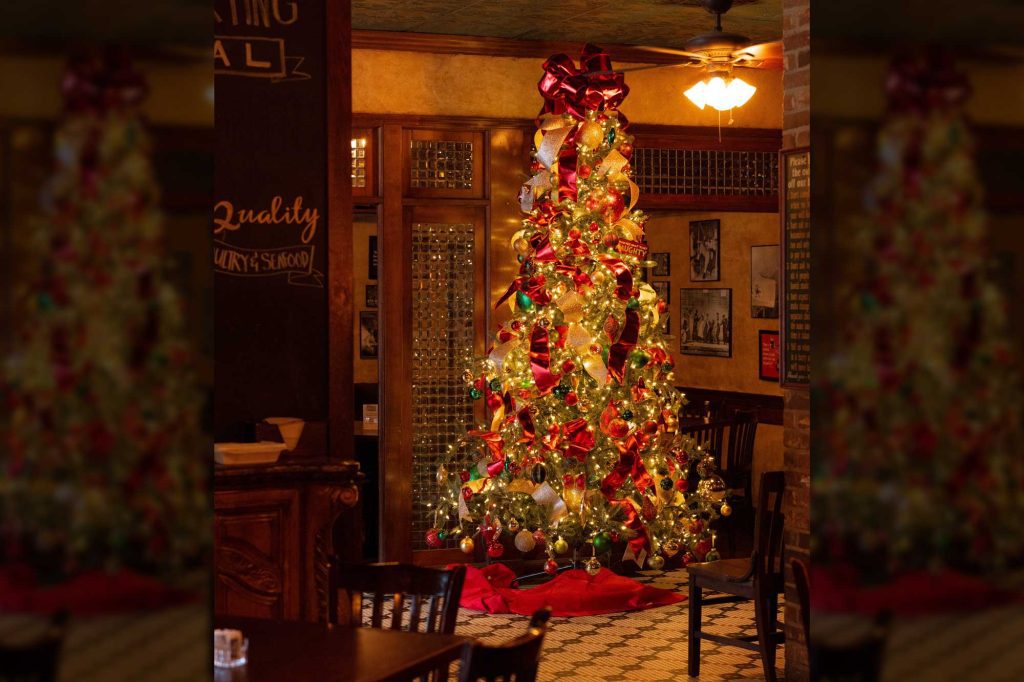Ronald Howes Sr. died last week.
That name might not mean much to most people, but Mr. Howes is partially responsible for my career in foodservice.
The online obituary stated, “Millions of young girls baked their first cookies, cupcakes, and brownies because of Ronald Howes, Sr.” That is probably true. But there was at least one boy who got his culinary start using a 100-watt light bulb— me.
At six-years old, I asked for, and received, Howes’ foremost invention— the Easy Bake Oven— for Christmas. I caught a ton of flack from my brother. He and his friends took great joy in badgering me about the plastic cerulean-blue toy that cooked food using a light bulb. Mind you, they did all of their badgering with their mouths full.
Food was the great peacemaker in my neighborhood. When kids got into a fight or tussle, the resentment was usually short lived. Once we made it to someone’s house for a snack, all was forgotten.
At the time the only men who cooked seriously, spoke with a foreign accent. One might see a French chef on an episode of “Bewitched.” They were usually portrayed as being temperamental, fussy, and over the top. Certainly men were working as short-order cooks and cafeteria laborers in the 1960s, but they didn’t get the notoriety or the television exposure.
Up until the late 1970s, if one wanted to operate a serious, fine-dining restaurant, the chef had to be French, or the food had to be of French influence. No more. I don’t know if the Easy Bake Oven can take credit for that, but in my case, it’s how I got my start.
Today, I would venture to say that more men are cooking on television than women. And the men aren’t stereotypical and temperamental Bewitched-like Frenchmen. They are guys like Mario Batali and Anthony Bourdain— real men, cooking real food.
I like to cook, but I love to eat. I probably didn’t ask for an Easy Bake Oven because I was interested in cooking professionally one day. The thought process was more than likely along the lines of— if I get this toy, I’ll be able to eat brownies and cakes anytime I want under the guise of playing in my room. I won’t have to ask for more cookies or another slice of cake, I’ll just make them myself. It will be snack time all day long.
Nevertheless, I cooked with it, and I received positive praise for my efforts. That had to figure in somewhere in my future career selection.
According to the obituary, Howes was a tireless inventor who kept working until his death. Just a few weeks ago he was working on a contract for the United States Department of Defense. Whatever he was creating for the Department of Defense was probably top secret. I like to think it was a newer version of the Easy Bake Oven, manufactured specifically for the Middle East, with hopes of bringing warring factions together over small chocolate cakes and brownies, just as it did in my old neighborhood.
Over 20 million Easy Bake Ovens have been sold since 1963. I don’t know how many of those were sold to boys, but there’s at least one who is grateful to Mr. Howes and his inventive spirit.
The 100-watt light bulb of the toy industry just went out.
The Ultimate Chocolate Cake
Cake:
1 3/4 cup cake flour
3/4 cup cocoa (preferable Dutch processed)
2 teaspoons baking soda
1 teaspoon baking powder
1/2 teaspoon kosher salt
2 eggs
2 cups sugar
3/4 cup melted butter
1 cup buttermilk
1 cup brewed coffee, at room temperature
1 teaspoon vanilla extract
To make the Cake: Preheat oven to 350 degrees. Lightly butter 2 (9-inch) cake pans and line with parchment. Butter the parchment and flour pans, shaking out the excess.
Sift together flour, cocoa, baking soda, baking powder, and salt. Reserve.
In a mixer with a whip attachment, beat eggs and sugar until thick and lemon-colored. Beat in the melted butter. Alternately add dry ingredients with buttermilk, scraping the bowl once or twice. Add the coffee and vanilla to form a thin batter. Divide between prepared cake pans.
Bake until a toothpick inserted in the center of a cake comes out clean, about 40 to 45 minutes. Cool in pan for 15 minutes. Invert onto cooling racks, peel off paper and cool completely.
When cool, split each cake in half with a serrated slicing knife. Freeze the layers for 1 hour before assembling the finished cake. Make the filling and icing while the layers are freezing.
Place the first layer on a cake serving dish and spread a thin layer of the filling evenly over the cake. Repeat this process until you have the layers assembled, spread the icing over the top layer and around the sides.
Filling:
1 1/2 cups semisweet chocolate pieces
8 ounces cream cheese, softened
3/4 cup powdered sugar
Place the chocolate in a double boiler and heat until completely melted. While the chocolate melts, use an electric mixer with a wire whip attachment to beat together the cream cheese and powdered sugar. Beat until it is light and fluffy. Allow the melted chocolate to cool slightly, then drizzle it into the cream cheese mixture and continue beating until the filling is cool. This spreads best if used immediately.
Frosting:
6 ounces unsweetened chocolate
1/2 cup unsalted butter, softened
4 cups powdered sugar
1 cup sour cream
1 Tbl vanilla extract
Melt the chocolate over a double boiler. Use an electric mixer with a wire whip attachment to cream together the butter and powdered sugar. Add the melted chocolate, sour cream, and vanilla extract and beat until light and fluffy. As with the filling, this spreads best if used immediately.



